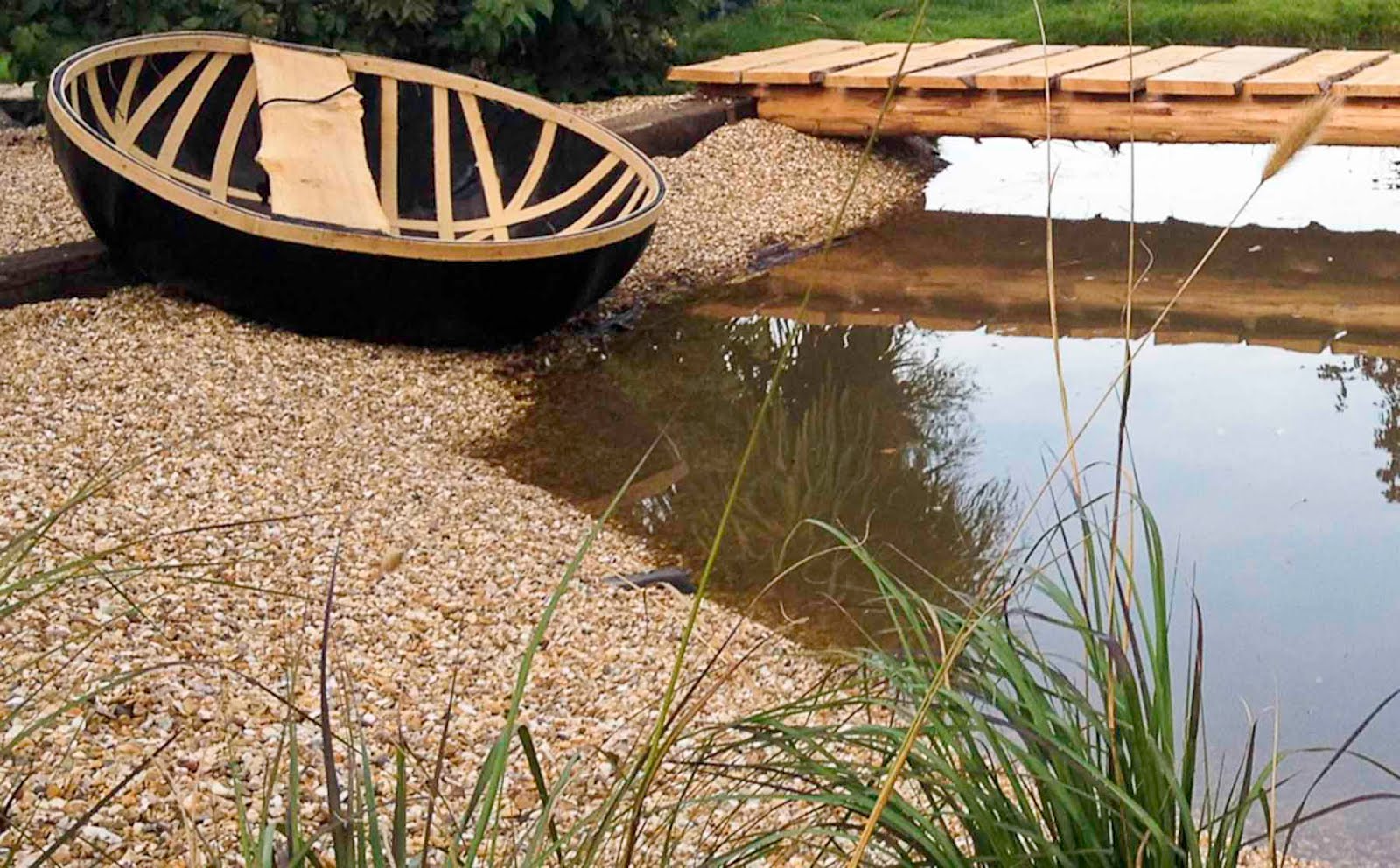Wednesday 28 November 2012
Tuesday 20 November 2012
Both props and Kort Nozzels lined up, will secure in position with a dab of epoxy resin
Surprised at how fragile the rudder support is, very soft metal that bends easily, one careless mishap could result in bending the whole rudder/steering assembly. I'm thinking of strengthening this area with a detail like on the Andre-B
Surprised at how fragile the rudder support is, very soft metal that bends easily, one careless mishap could result in bending the whole rudder/steering assembly. I'm thinking of strengthening this area with a detail like on the Andre-B
Wednesday 14 November 2012
In the background are the plastic nozzle and propeller that comes with the Slipway kit. I decided to upgrade the propeller only to find it was about half a mm too big for the nozzle!
I could have shaved the propeller down in size, but chose instead to remake the nozzle out of aluminum. Sometimes the gods shine down on you, and I was lucky enough to find an offcut of ally tube in my workshop just the right diameter and thickness!
A massive thanks to Alan of SRCMBC for his advice and guidance on RC transmitters. (Now to write my letter to Father Christmas).
Tuesday 13 November 2012
Plucked up courage to cut into the hull. Chain drilled then used a dremel to shape the prop holes. Lots of nasty, itchy GRP dust, so hoovered that up quickly!
Offered the Prop shaft and propeller up to check clearance when parallel. Note the white plastic prop shaft sleeve, this will be glued in place allowing the prop shaft to be easily renewed if need be.
Subscribe to:
Posts (Atom)










